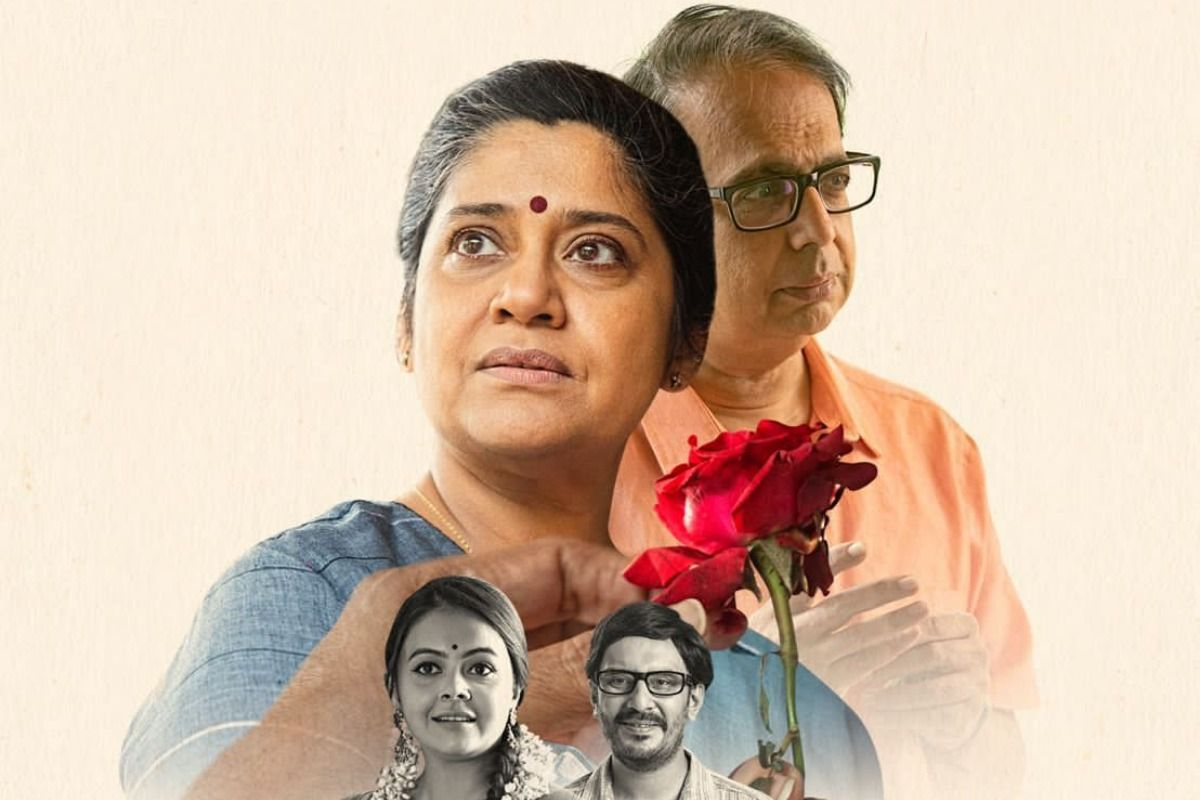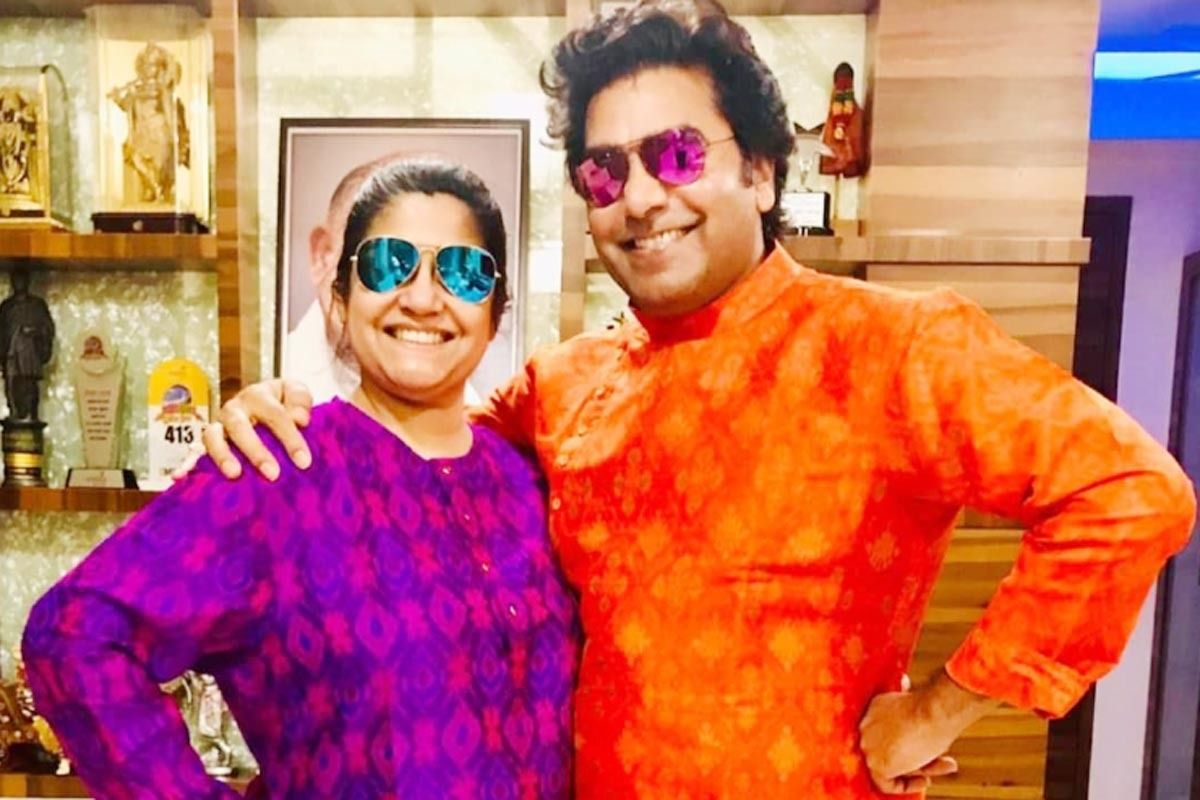Written by Priya Arora
“Women are born to make sacrifices for men.”
This dialogue comes from the 1995 Bollywood movie Dilwale Dulhania Le Jayenge, the place the primary character, Simran, has fallen in love however her household has already organized for her to marry another person. Her mom asks her to sacrifice that love in deference to her father’s needs.
For Bollywood, the world’s largest movie trade, the highway to an genuine portrayal of girls has been bumpy. In India’s Hindi movie realm, onscreen moms have lengthy been depicted as passive housewives who bow to patriarchal pressures.
But this portrayal is being challenged. Plenty of films lately have proven moms, and ladies total, as full and complicated human beings — not melodramatic facet characters, however outspoken, impartial leads who’re accountable for their very own fates.
Tribhanga, which was launched on Netflix in January, is one such movie. The story follows Anuradha (Kajol), an actress and dancer, who should face the demons of her previous when her estranged mom, Nayantara (Tanvi Azmi), leads to the hospital. Nayantara, who’s a extremely completed author, will get to inform her facet of the story in flashbacks, by way of conversations with a disciple who’s recording materials for a biography.
Vidya Balan’s titular character in Shakuntala Devi character struggles to hold out her duties as a mom whereas balancing her profession. (Photo: Amazon Prime Video)
Written and directed by the actress Renuka Shahane, Tribhanga covers matters not typical of Bollywood movies, like single motherhood, sexual abuse and open relationships. Nayantara herself is proven leaving her husband so she will pursue a profession, date as a single mom and casually drink when she feels prefer it. What she doesn’t understand is that one in every of her boyfriends sexually abused Anu — and the cycle of trauma repeats when Anu’s daughter will get bullied for being born exterior marriage.
“My mother has always shared her fallibility with me,” Shahane mentioned in a video interview final month. “The fun aspect of growing up with her was that I could see her as a human being.”
Shahane took this real-life inspiration and incubated it right into a script she labored on for practically six years. For the characters, she mentioned, it was necessary to depict girls as advanced, if flawed, folks. “They are individuals first, and they are very talented, beautiful, strong women, but they also have their feelings.”
But audiences, and the trade, haven’t at all times been so welcoming — women-led movies up to now decade like The Dirty Picture (2011) and Kahaani (2012) did nicely on the field workplace, whereas others, just like the 2018 movie Veere Di Wedding didn’t. Still, moms have been typically depicted adhering to conventional gender roles, doting on their households and wholly centered on their kids’s lives. In the 2001 household drama Kabhi Khushi Kabhie Gham, the mom (performed by Jaya Bachchan) is proven as being telepathically conscious of her son’s feelings and presence, whether or not he’s bodily close to her or not. And the 1999 movie Hum Saath Saath Hain positioned the mom’s desire for her youngest son on the middle of the story’s battle.
The transfer towards having a extra three-dimensional portrayal of onscreen moms has been growing for many years. According to Beheroze Shroff, a professor of Asian-American Studies on the University of California, Irvine, it started within the Nineteen Fifties, when post-independence India was breaking the shackles of colonialism. Shroff mentioned that within the 1957 movie Mother India, the best mom was depicted as a daughter of the nation, each dedicated to her home duties and to her nation. But as India globalized, transnational traits and free-market capitalism proliferated, and by the Nineties, there was a rising want to deal with a then-burgeoning diaspora viewers. This created a battle between exhibiting girls as dutiful versus as they are surely, when extra viewers worldwide have been petitioning for extra correct illustration.
Kajol’s character Anuradha in Tribhanga, an actress and dancer, should face the demons of her previous. (Photo: Netflix)
Regarding the current, women-led films like Tribhanga, Shroff mentioned that the difficult of the mom determine function was essential to make the characters extra true to life. “A mother has to be three-dimensional, and her sexuality has to be valued. Especially when she is no longer dependent on financial assistance from the husband.”
In more moderen years, the rising funding of worldwide streaming platforms in India has additionally sped up the progress, Shroff mentioned. “Somehow capitalism aids creativity and aids new voices.”
Loads of this comes again to the viewers. International viewers on streaming platforms, particularly in massive markets just like the United States, tends to be extra open to seeing girls in numerous roles — which makes catering to them extra logical, and worthwhile.
Shroff mentioned that streaming companies “have a certain sensibility that they want to see in the kind of narratives that they are promoting on their platform. That has been a great boon for women filmmakers, women writers, women behind the camera and in front of the camera.”
Alankrita Shrivastava, the director of the 2019 movie Dolly Kitty Aur Woh Chamakte Sitare (streaming on Netflix), agreed that the shift is occurring now due to girls who’ve labored their means up throughout the trade, however thinks change can be taking place due to extra eclectic viewers pursuits. “I feel like the audience may also be opening up a little more to stories which don’t necessarily have the male, upper caste, cisgender heterosexual hero at the center of the universe,” she mentioned.
Motherhood can be a theme in Dolly Kitty, which tells the story of two girls who’re on parallel paths of self-discovery. One of them, Dolly, is a center class mom of two who’s exploring the explanations she doesn’t really feel sexual want towards her husband. At first, she blames herself — however on her personal journey, she finally ends up questioning her estranged mom, whom she had lengthy faulted for leaving the household to pursue her personal goals. And in so doing, Dolly realizes the issue will not be her, however her unsatisfying marriage, which is stifling her personal ambitions and want.
The 2020 movie Shakuntala Devi (streaming on Amazon Prime) introduced the life story of the celebrated mathematician. Devi, as depicted within the movie by Vidya Balan, struggles to hold out her duties as a mom whereas balancing her profession and keenness for arithmetic. Told from the lens of Devi’s daughter, this movie additionally highlights the toll that intergenerational trauma can take — Devi grew up hating her personal mom, and, ultimately, her daughter expresses an analogous incapacity to grasp Devi.
With related themes of intergenerational trauma current in Tribhanga, actress Kajol reiterated the significance of increasing the view of a mom in Bollywood films.
“We, as a country, put this whole idea of a mom in a very small, tight box,” she mentioned. But this type of pondering is ready up for failure, and limits prospects for girls on- and off-screen. “It’s an unfulfillable dream that you will be the perfect mother — you can’t. There are just too many tightropes and you’re bound to fail if you go by that parameter.”


